About
The Philara Collection is a museum exhibiting international contemporary art, open to the public. Housed in the former Glaserei Lennarz glass factory in the central Düsseldorf district of Flingern, the Collection hosts both solo and thematic group exhibitions in rooms with a total area of 1,700 square metres. In addition, selected works from the Gil Bronner collection of more than 1,800 works are also on show. We present a diverse programme of exhibitions and events: along with collaborations with the Kunstakademie Düsseldorf – previous exhibitions include Mirrors and Windows, Attempts to Be Many, and What Is Steady Anyway – we also mount solo exhibitions by internationally active artists. The Philara Collection is pleased to have presented the first solo shows in Germany by Mercedes Azpilicueta and Sumi Anjuman. Group shows on topical themes, such as Breathing Water, Drinking Air and Cutting the Puppeteer’s Strings, bring together emerging young artists with their more established, globally active counterparts.In cooperation with other institutions and organisations, the Philara Collection also presents dance and theatre performances, concerts, talks and symposia.
On the roof of the building, which was remodelled by Sieber Architekten and has won two awards, there is also a sculpture garden, extending to 550 square meters, while on the ground floor, a café, enhanced by striking artworks from the Collection, operates as Bulle Bistro by day and Weinbar by Bulle in the evening.
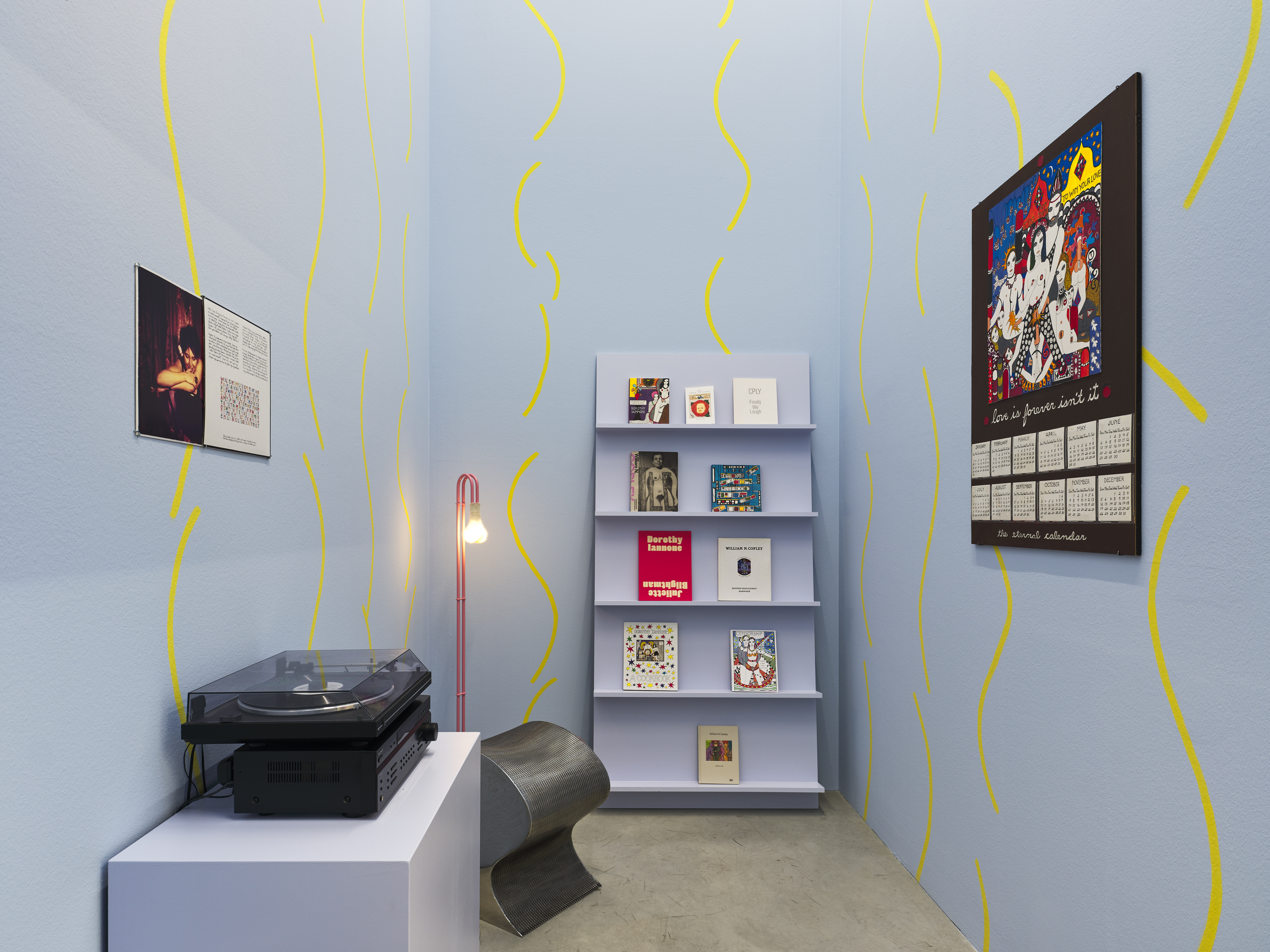
Reading room
In our relaxed, dedicated reading areas, visiting adults and children can find and read material related to our exhibitions. For each exhibition, as a team we all usually read a book with thematic connections to the works on show, or which provided us with inspiration for the presentation: these have included Astrida Neimanis’s Bodies of Water for the exhibition Breathing Water, Drinking Air; Olivia Laing’s Everybody: A Book About Freedom for I’ve Only Got Eyes for You; and Heinrich von Kleist’s Über das Marionettentheater and Rainer Maria Rilke’s Puppen for our presentation Cutting the Puppeteer‘s Strings.
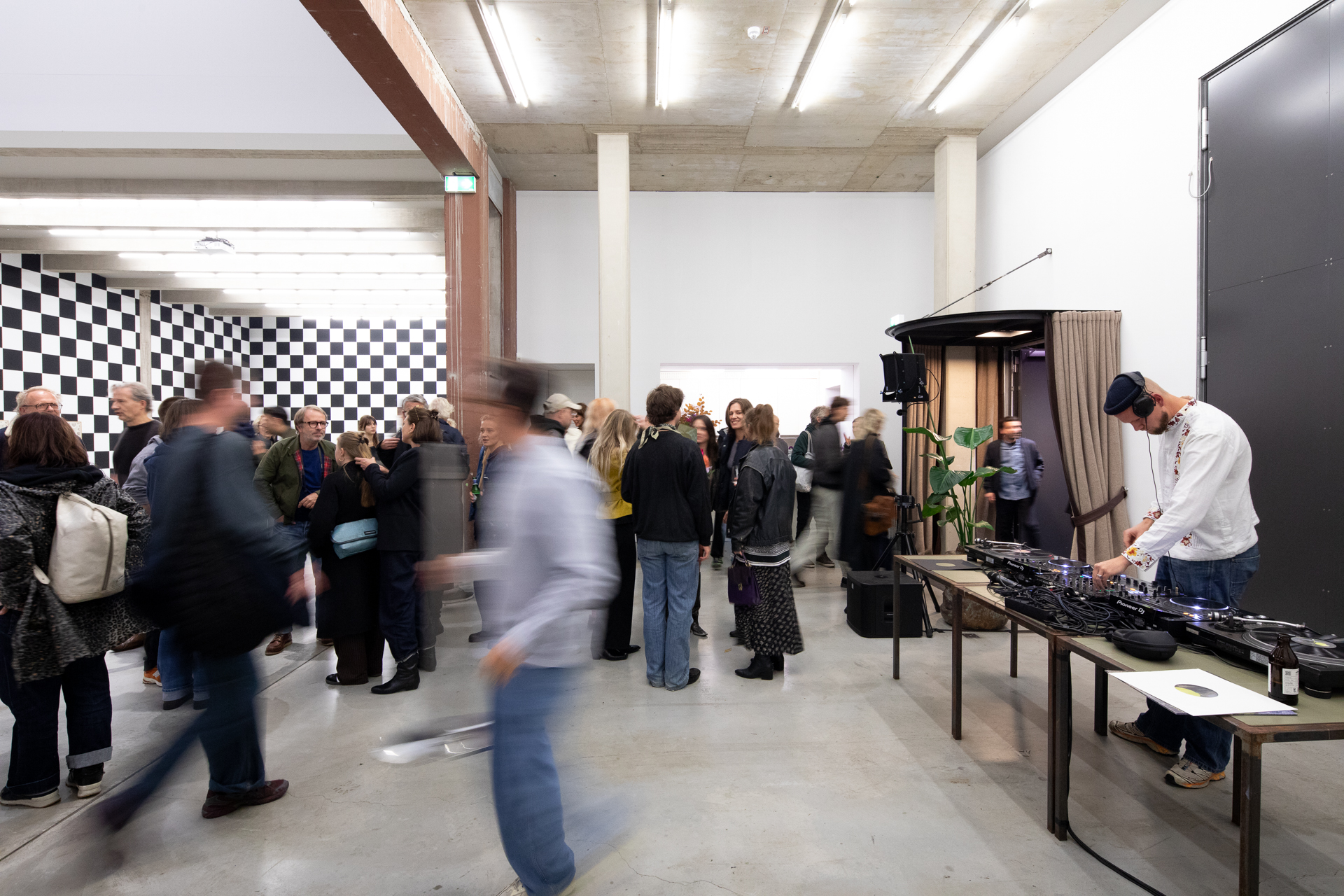
Philara – philanthropy, philharmonia, philosophy?
We are often asked what our name, Philara, actually means. Some think it derives from philanthropy (love of humanity), others from philharmonia (love of music), or even philosophy (love of knowledge). In fact, it stems from reflections around the Ancient Greek word root -phil-, indicating love or friendship, and ars, Latin for art. In the end, a completely new name was created, one that looks to the future: instead of following the more usual practice of using a family surname for private art institutions, Gil Bronner chose to name the exhibition space after his children, Philip and Lara.
Four generations – one shared passion
The Philara Collection frequently shows works from the art collection of Gil Bronner. The Bronner family’s enduring passion for art stems from his grandmother. In the 1920s, her desire to study at the Kunstakademie in Düsseldorf – where she would have been one of the first women artists to be admitted – was unfortunately unfulfilled. She nevertheless passed on her passion to her son, Dan Georg Bronner (1931–2023), whom we came to know and greatly appreciate as a committed, open-minded, and sympathetic person. Together with his wife, Cary Bronner (b. 1932), he collected works by Sonia Delaunay, George Grosz, and Pablo Picasso, among others. Visitors to the Philara Collection and we as a team were all able to feel the couple’s great enthusiasm for art at many events and exhibition openings. In recognition of his commitment to the art world Dan Georg Bronner was awarded the City of Düsseldorf’s Plaque of Merit by Mayor Dr Stephan Keller in 2022. Cary and Dan Georg Bronner’s love of art has been passed on to their son Gil and his wife Anat Bronner, and now also to the fourth generation, their grandchildren Philip and Lara.
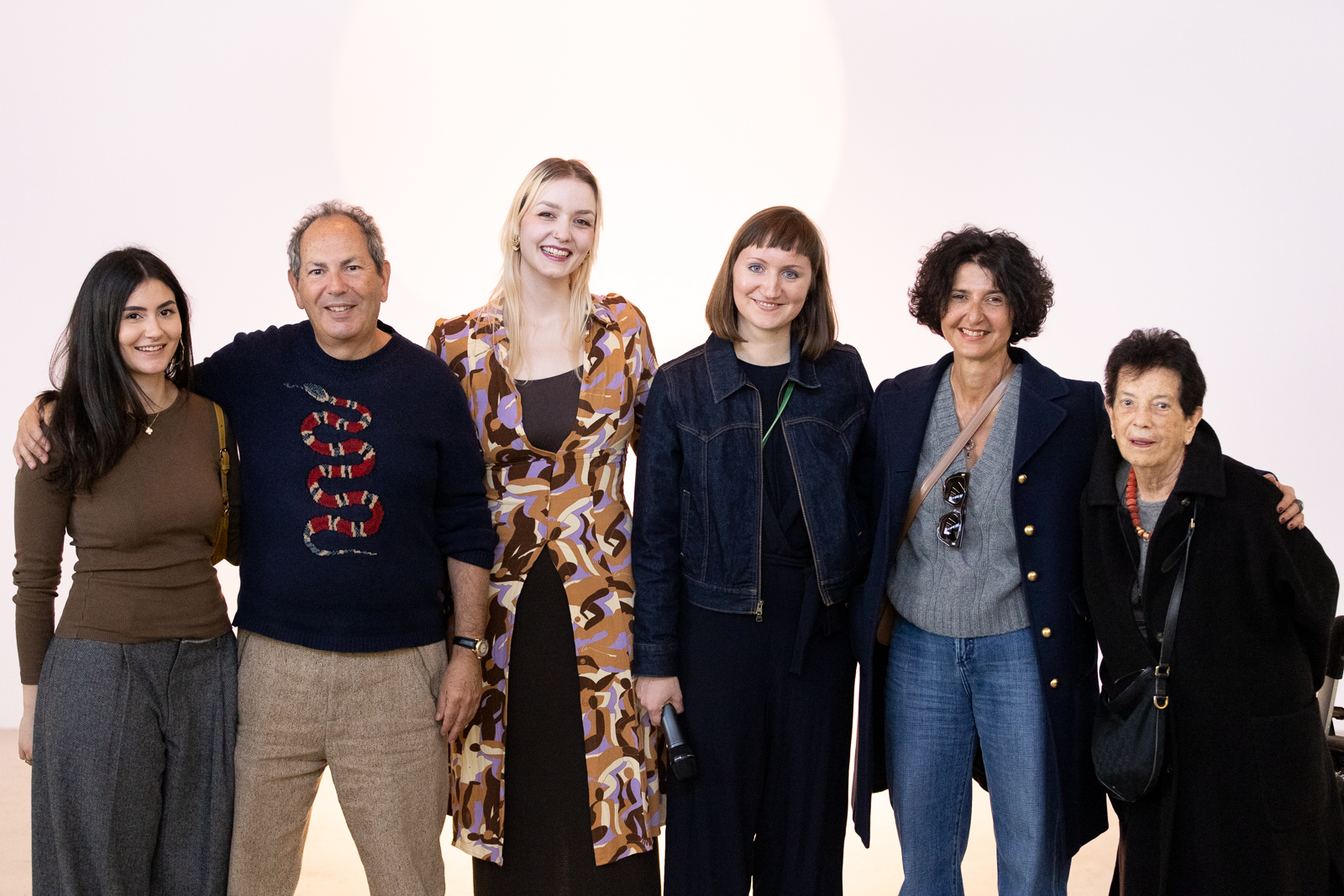
From exchange with artists to exhibition practice
Gil Bronner began to collect art in the 1990s, at first only for private enjoyment. In 2008, he began organising his first exhibitions in the former Leitz factory in Düsseldorf-Reisholz. Then, as now, Gil Bronner rented the converted factory to the city, which then allocated its 70 studios to local artists, many with links to the Düsseldorf Kunstakademie. This proximity and resulting friendly contact with artists gave rise to the idea of presenting regular exhibitions. The Verein Philara – Sammlung zeitgenössischer Kunst e. V. associationwas founded and began a programme of regular exhibitions. The association is supported in this by the Cary and Dan Georg Bronner Foundation. After the former Lennarz glassworks on Birkenstrasse was acquired and subsequently converted into a museum in 2016, additional exhibition space became available. In 2022 Julika Bosch succeeded founding director Katharina Klang as director of the Philara Collection. Together with curator Hannah Niemeier, she develops our exhibitions, from which Gil Bronner occasionally acquires individual pieces. At the Philara Collection, emerging local talents come together with established Düsseldorf artists, such as Andreas Gursky, Karin Kneffel, Katharina Fritsch, and Thomas Ruff, as well as international artists, including Dan Graham, Pae White and Rashid Johnson.
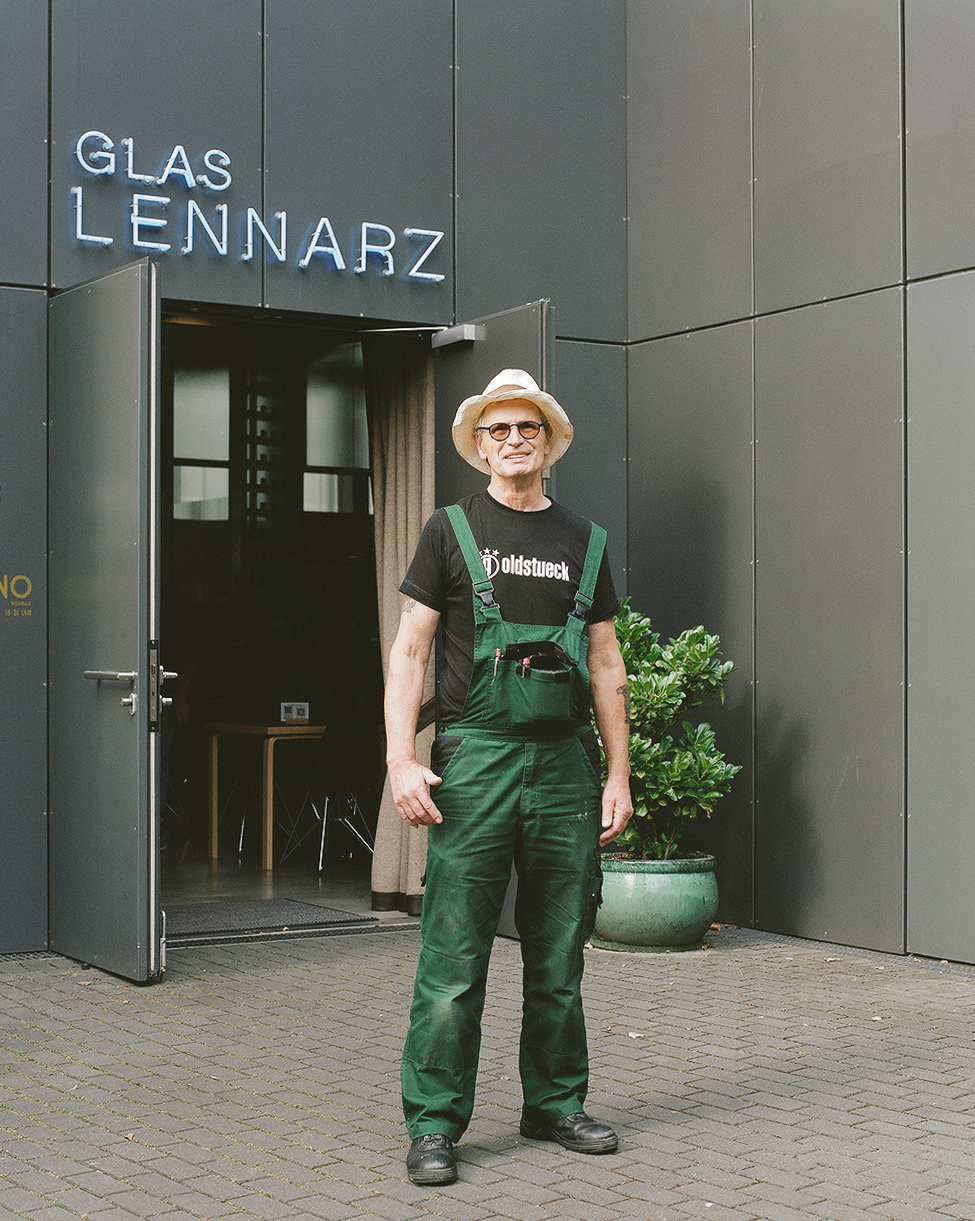
Glaserei Lennarz and building services supervisor Kalle – the heart of the Collection
The Philara Collection has been housed in the former Lennarz glass factory since 2016. Before then, our buildings supervisor Kalle Lenders worked here for more than half a century, supplying glass cut to size throughout Düsseldorf. When the glass factory became financially unviable, the buildings were put up for sale. At a stroke, Kalle Lenders’ life changed completely: instead of a job cutting glass, he now works with a young team in a museum, is an enthusiastic advocate for art, creates his own Philara merchandise to give away, and occasionally buys art for his own enjoyment.
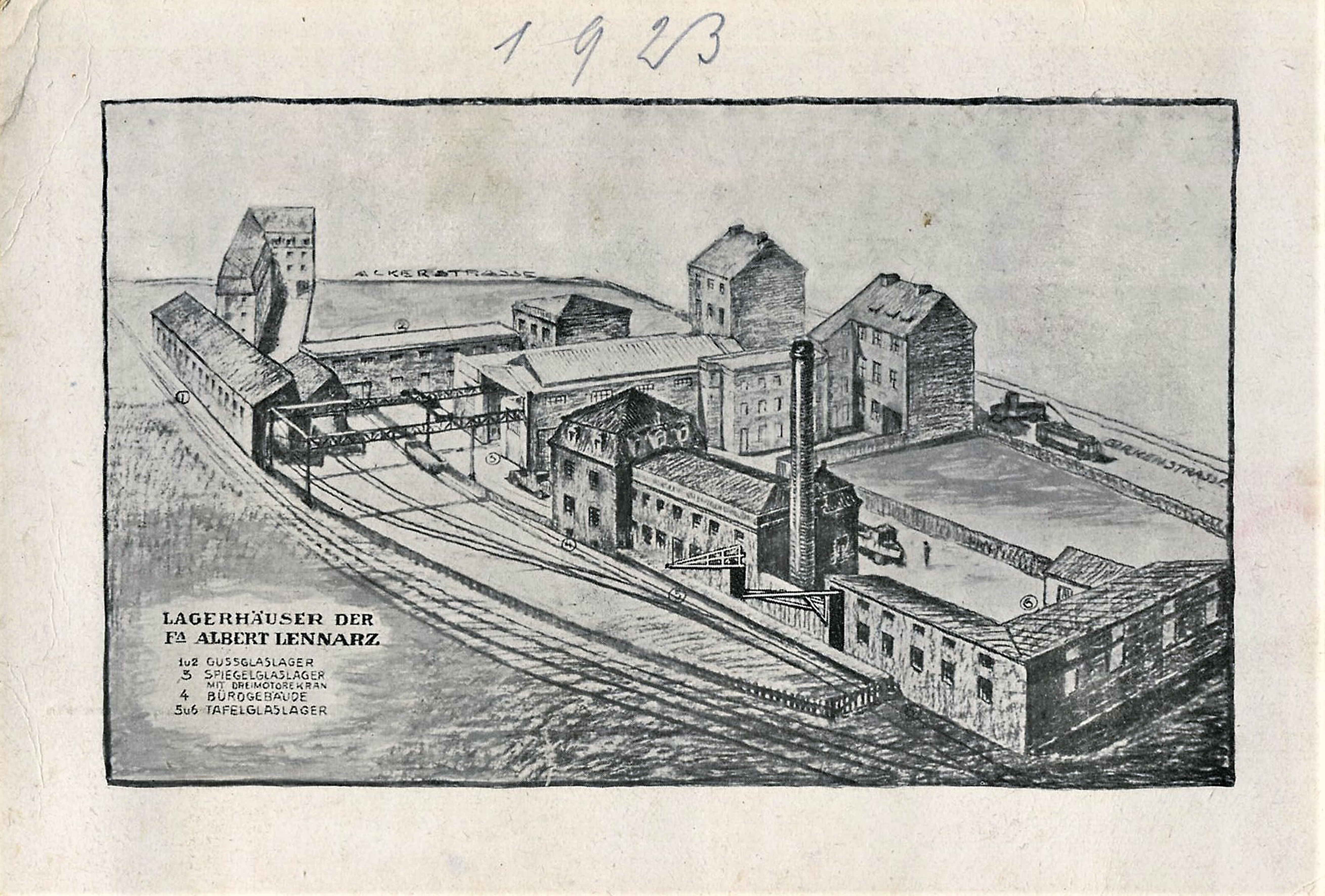
Award-winning exhibition architecture with traces of its history
The extensive conversion of the former glass factory by the Düsseldorf-based architects Sieber Architekten created versatile exhibition spaces. The building is part of an ensemble of several halls with a reinforced concrete skeleton structure. The materials used for its renovation as a museum reflect the original industrial character of the building: polycarbonate skylights, corten steel facade elements, and reinforced concrete grid elements and floors define the aesthetic. The spacious interior is divided into a series of large halls and smaller cabinet exhibition rooms, with impressive ceiling heights of up to 9 metres. The taller central space has retained its original height, with only its northern end undergoing reconstruction in consultation with Gil Bronner and founding director Katharina Klang. There is now space for lectures, concerts, and film screenings – in short, for all the events essential to a museum as a place of interpretation and communication. While Joachim Sieber had already gained experience as project manager under Oswald Mathias Ungers for the expansion of the Hamburger Kunsthalle, Anja and Joachim Sieber took on the conversion for the Philara Collection as one of their first independent major construction projects. Sieber Architekten received two awards for the renovation: in addition to the BDA Düsseldorf’s 2017 Auszeichnung guter Bauten 2017 (Award for Good Buildings), they were short-listed for the 2018 NRW Architecture Prize (BDA NRW) and were awarded a commendation. They have since become known for their renovation of the Museum Kunstpalast, among other cultural buildings.
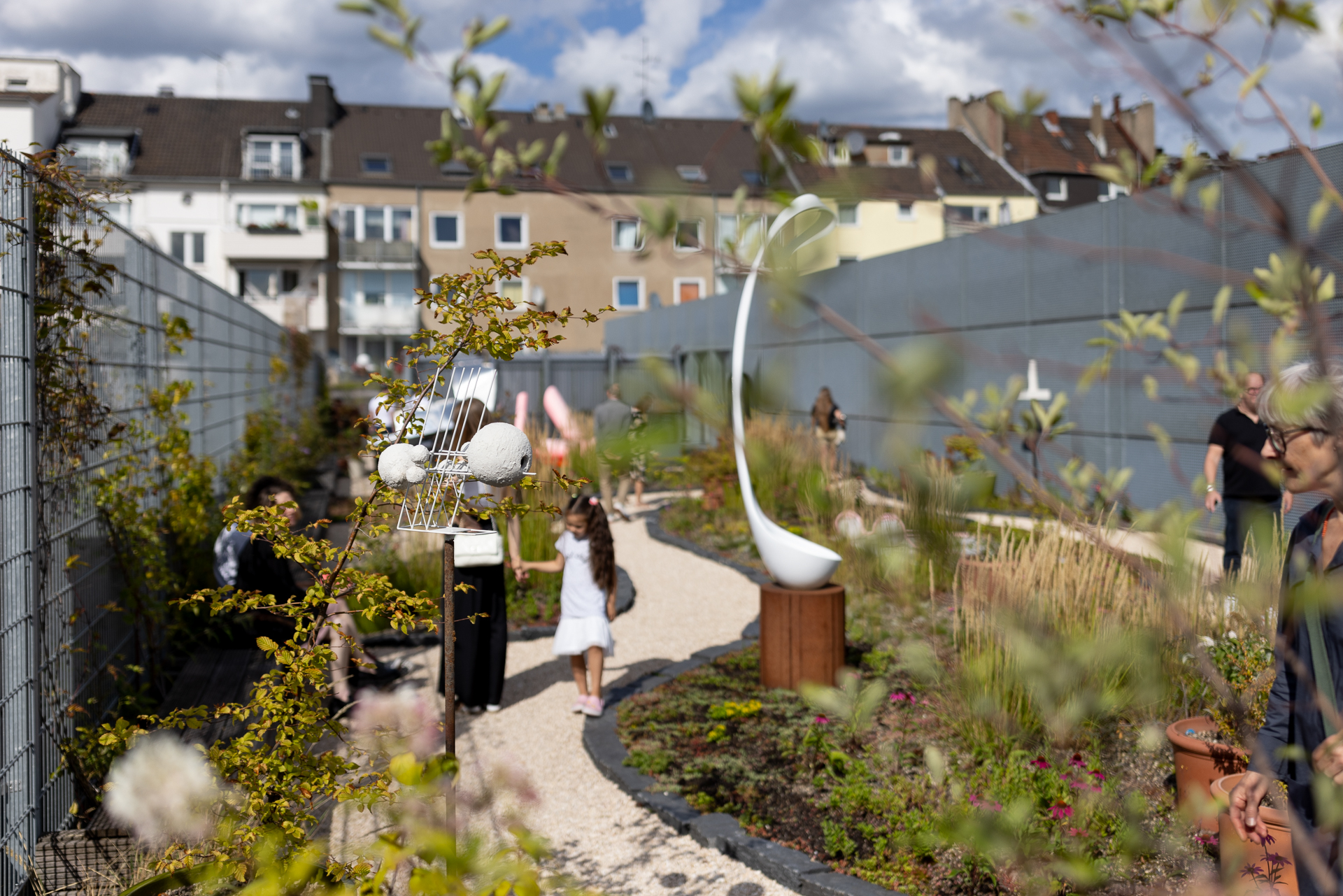
Roof terrace with sculpture garden
On the roof of the Philara Collection is a 550-square-metre sculpture garden, with open views over the railway lines behind the old glass workshops and across the roofs of Flingern. Here, the eye is immediately drawn to Kris Martin’s large steel sculpture Altar (2014), reminiscent of the world-famous Ghent Altarpiece by Jan van Eyck. In contrast to its inspiration, the wings of Martin‘s altar are open every day of the year, not just on special feast days. Freed from biblical scenes, it becomes a window open to the sky, framing a view of the immediate present. Up here, works by Andreas Schmitten, Leunora Salihu, David Renggli and Thomas Kiesewetter can also be discovered and enjoyed. The most recent addition is UTOPIAS ARE FOR BIRDS(2012–2023) by Álvaro Urbano: this sculpture of graceful white bird houses is based on visionary, utopian architectural designs that were never actually built. At the far end of the garden is Dan Graham‘s Aries/Fun(2017), a steel and mirror-glass pavilion. Both the curved form of its ground plan and the title of the work reference the zodiac sign Aries, the ram, and its symbol, while its elevation may evoke associations with labyrinthine gardens or the reflective glass facades of high-rise buildings. Graham’s pavilion invites viewers to engage with and form a relationship with their own reflection and their surroundings, and thus themselves become performers.
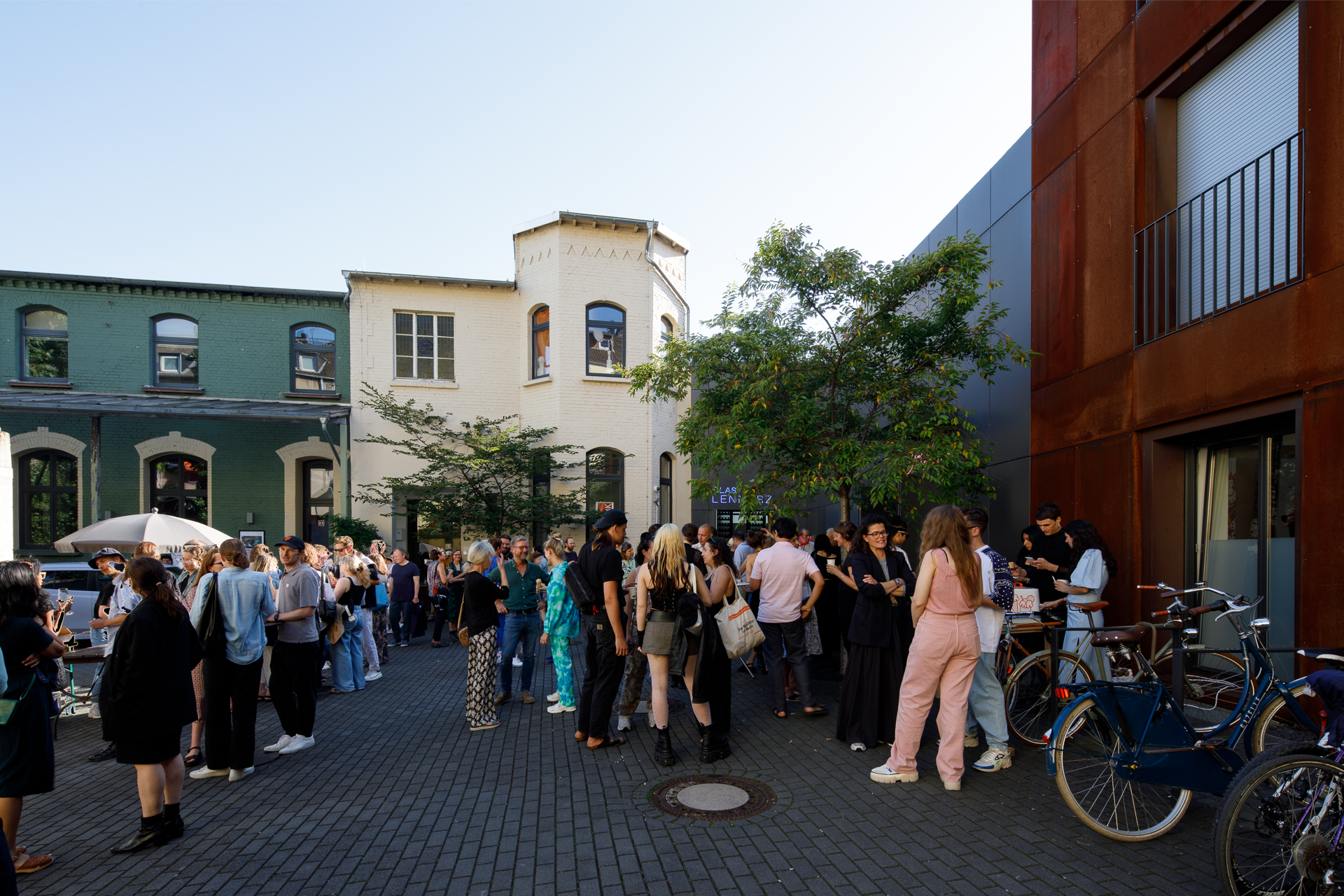
A local community with international connections
The Philara Collection shares the courtyard behind Birkenstrasse 47a with friendly neighbours, with whom we also sometimes collaborate. These include Filmwerkstatt Düsseldorf, IMAI - Inter Media Art Institute foundation, the Wim Wenders Foundation, screen printers Oneofthem, the Bundesverband Bildender Künstlerinnen und Künstler e. V. (BBK) (artists’ professional association), LAND landscape consultancy, and the Bulle Bistro. Highlights include our jointly organised Winter Market, summer flea markets, and the annual Flingern-Lichtspiele – a free open-air cinema organised by the Filmwerkstatt, with seating on the inviting deckchairs on our café terrace.
Birkenstrasse and its surrounding area are also home to numerous galleries and off-spaces, from which Gil Bronner often buys works for the collection: we can highly recommend exploring the programmes they offer. These include basedonart, COSAR, Droste, Konrad Fischer, Lucas Hirsch, VAN HORN, Kadel Willborn,Linn Lühn, Rupert Pfab, Petra Rinck, and Schönewald, as well as the AURA, Bloom, NEXUS and KABAWIL e. V. exhibition and project spaces.
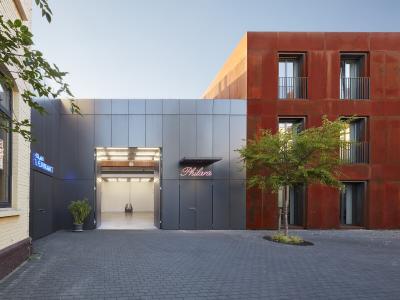
Philara Collection 2019, Sieber Architects, Photo: Paul Schöpfer
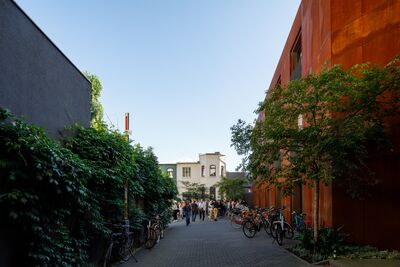
Philara Collection 2016, Sieber Architects, Photo: Stefan Müller
Team
Julika Bosch
Artistic Director
Hannah Niemeier
Curator
Ruben Smulczynski
Collection Management
Benita von Puttkamer
Event Managment
Banu Alpsü | Stefan Bauer | Christina Brikmann | Simon Ertel | René Gipperich | Mona Maidhof
Guides
Stefan Bauer | René Gipperich | Katharina Köster
Front Desk
Laura Catania | Thomas Artur Spallek
Design
Kalle Lenders
Building Services